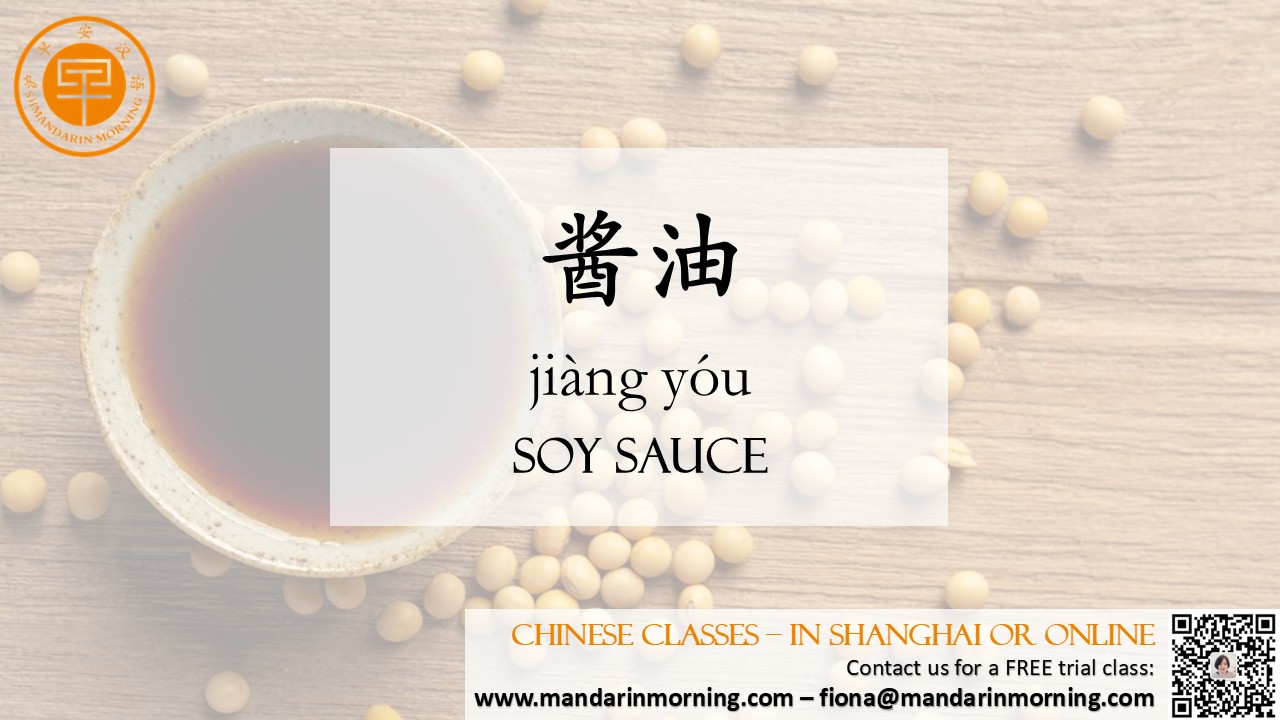Soy sauce is more than just a condiment—it’s the backbone of Chinese cuisine, adding depth, flavor, and a touch of tradition to countless dishes. Whether you’re a seasoned chef or a beginner in the kitchen, understanding the nuances of soy sauce can elevate your cooking to new heights. Let’s dive into the world of soy sauce and explore its history, varieties, and culinary uses. A Brief History of Soy Sauce Soy sauce has a long and storied history that dates back over 2,500 years. It originated in ancient China, where it was first made from fermented soybeans, salt, and water. Over time, the recipe evolved to include wheat, which added a richer flavor and smoother texture. Soy sauce quickly became a staple in Chinese kitchens and eventually spread to other parts of Asia, where it was adapted to suit local tastes. Today, soy sauce is one of the most widely used condiments in the world, with variations found in Japanese, Korean, and Southeast Asian cuisines. However, Chinese soy sauce remains the original and most versatile, with a unique flavor profile that sets it apart from its counterparts. Varieties of Soy Sauce In Chinese cooking, soy sauce comes in two main types: light soy sauce and dark soy sauce. Each has its own unique characteristics and culinary uses. 1. 生抽 (Shēng Chōu) - Light Soy Sauce: Light soy sauce is the most commonly used type in Chinese cooking. It is thinner, saltier, and has a lighter color compared to dark soy sauce. Despite its name, light soy sauce is not low in sodium; it is actually quite salty, which makes it perfect for seasoning dishes without overpowering them. 2. 老抽 (Lǎo Chōu) - Dark Soy Sauce: Dark soy sauce is thicker, sweeter, and has a darker color than light soy sauce. It is aged longer, which gives it a richer, more complex flavor. Dark soy sauce is often used to give dishes a glossy, deep brown finish. How to Use Soy Sauce in Cooking Soy sauce is incredibly versatile and can be used in a variety of ways to enhance the flavor of your dishes. Here are some tips on how to use it effectively: 1. Stir-Fries: Soy sauce is essential for stir-fries. Light soy sauce is often used to season the dish, while a small amount of dark soy sauce can be added for color and depth. For example, in a classic dish like 宫保鸡丁 (gōng bǎo jī dīng) - Kung Pao Chicken, light soy sauce is used to season the chicken and vegetables, while dark soy sauce adds a rich finish. 2. Marinades: Soy sauce is a key ingredient in marinades for meats and tofu. It not only adds flavor but also helps tenderize the protein. For example, a simple marinade for grilled chicken might include light soy sauce, ginger, garlic, and a bit of sugar. 3. Braising: Dark soy sauce is often used in braised dishes to give them a rich, glossy finish. For example, in 红烧肉 (hóng shāo ròu) - Red-Braised Pork, dark soy sauce is used to create the dish’s signature dark, caramelized color and flavor. 4. Soups and Stews: Soy sauce can be added to soups and stews to enhance their flavor. Light soy sauce is often used to season the broth, while dark soy sauce can be added for a deeper, more complex taste. 5. Dipping Sauces: Soy sauce is a common base for dipping sauces. It can be mixed with other ingredients like vinegar, chili oil, or sesame oil to create a flavorful dipping sauce for dumplings, spring rolls, or other appetizers. |